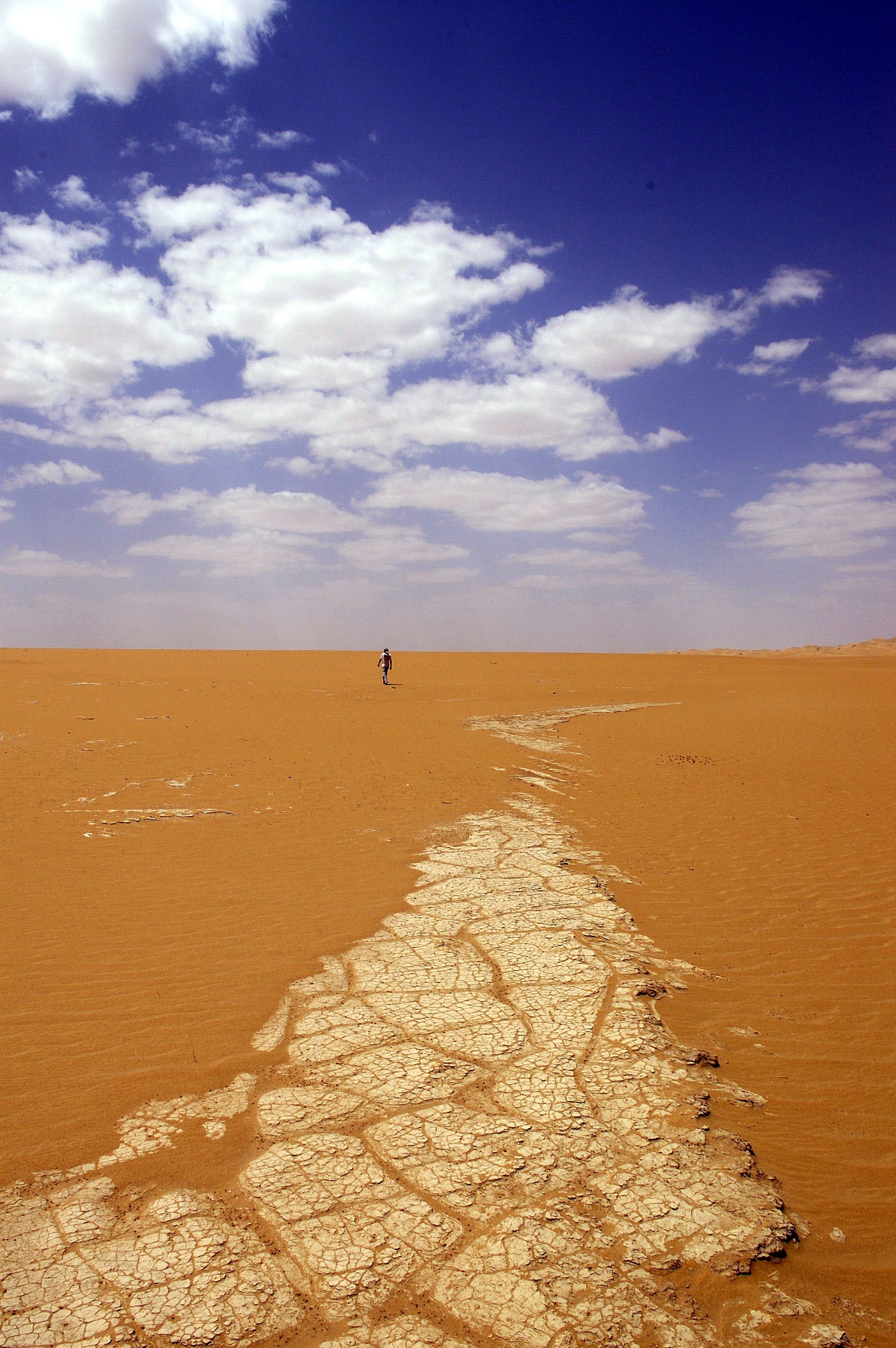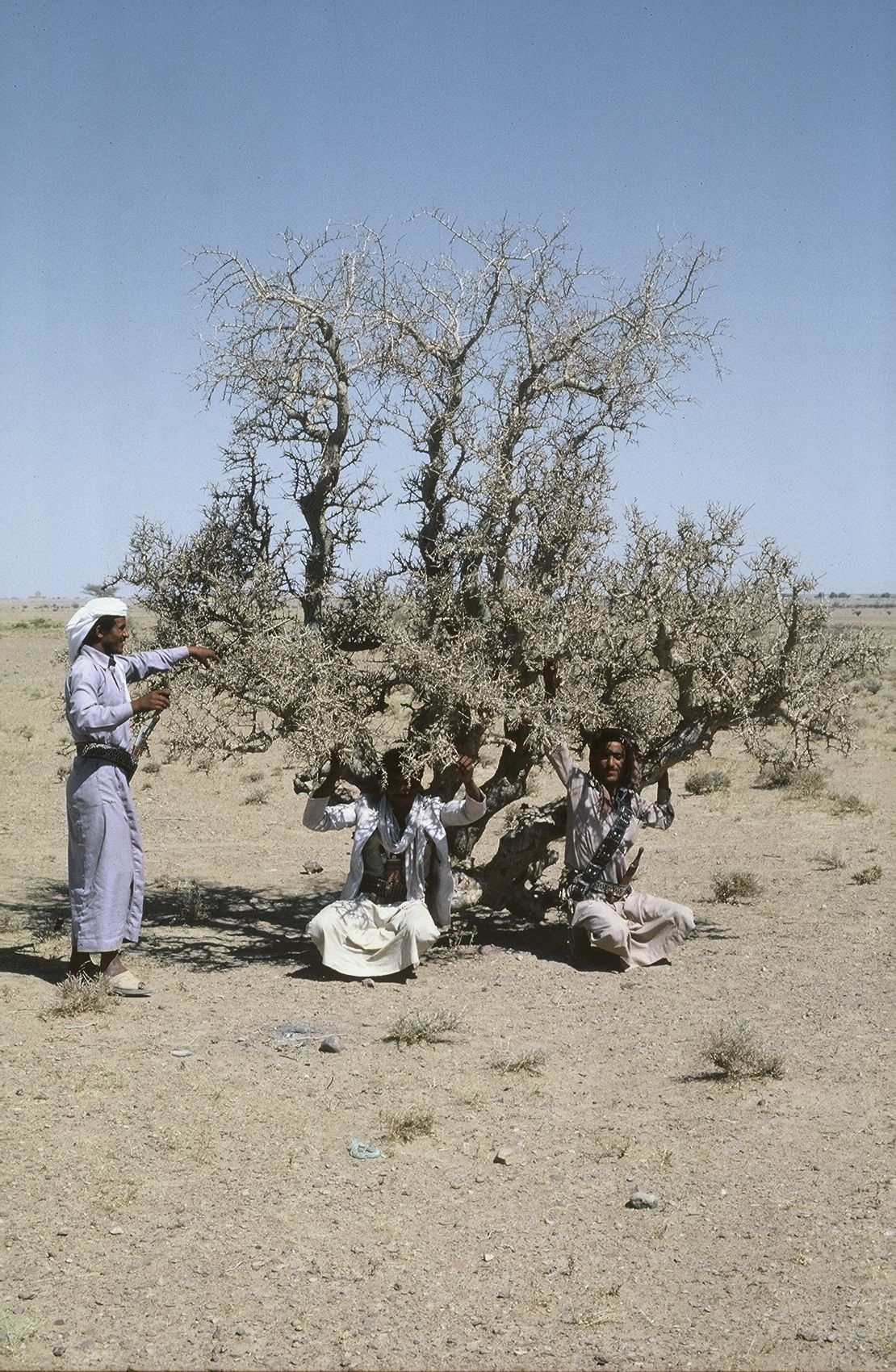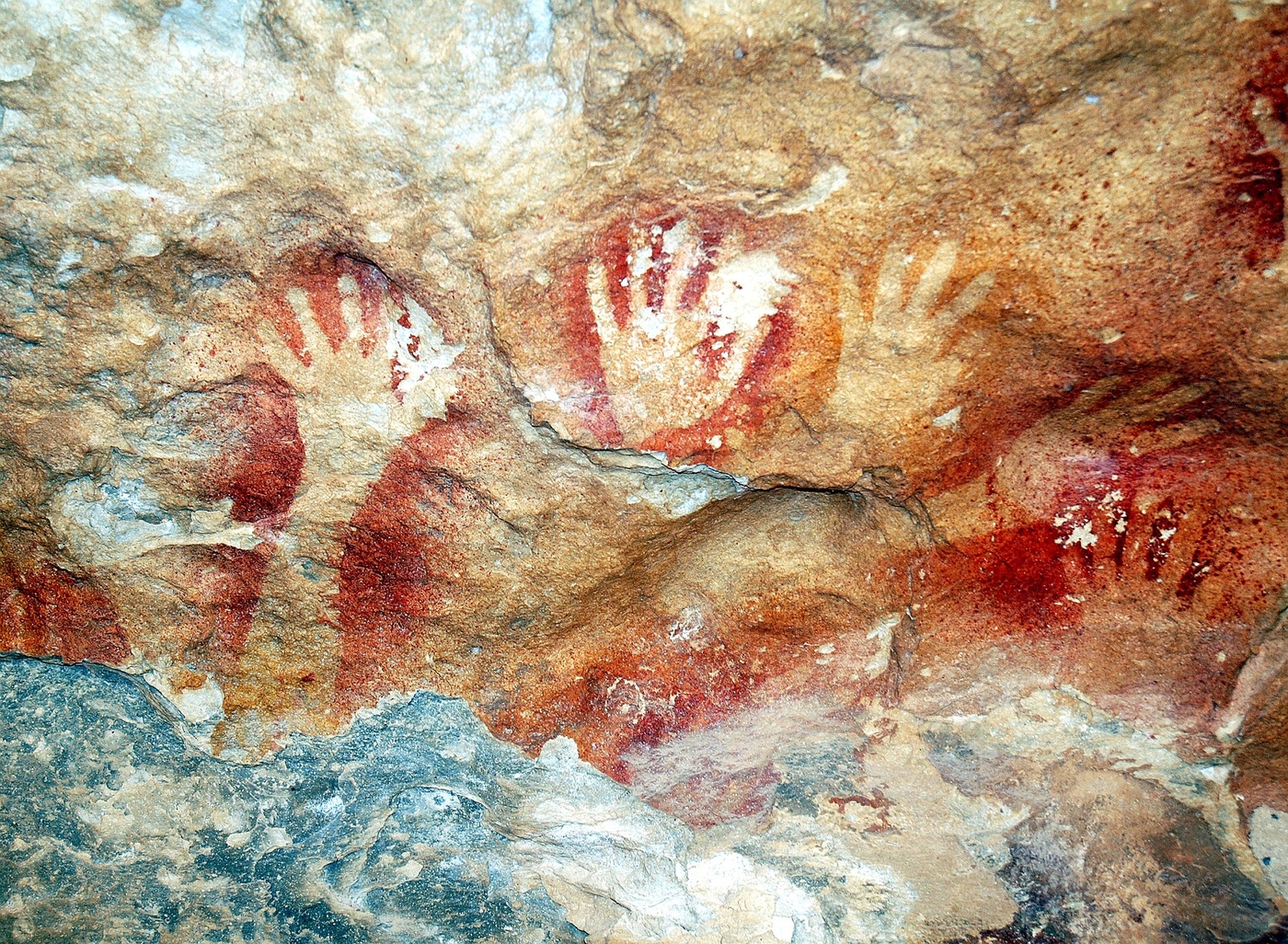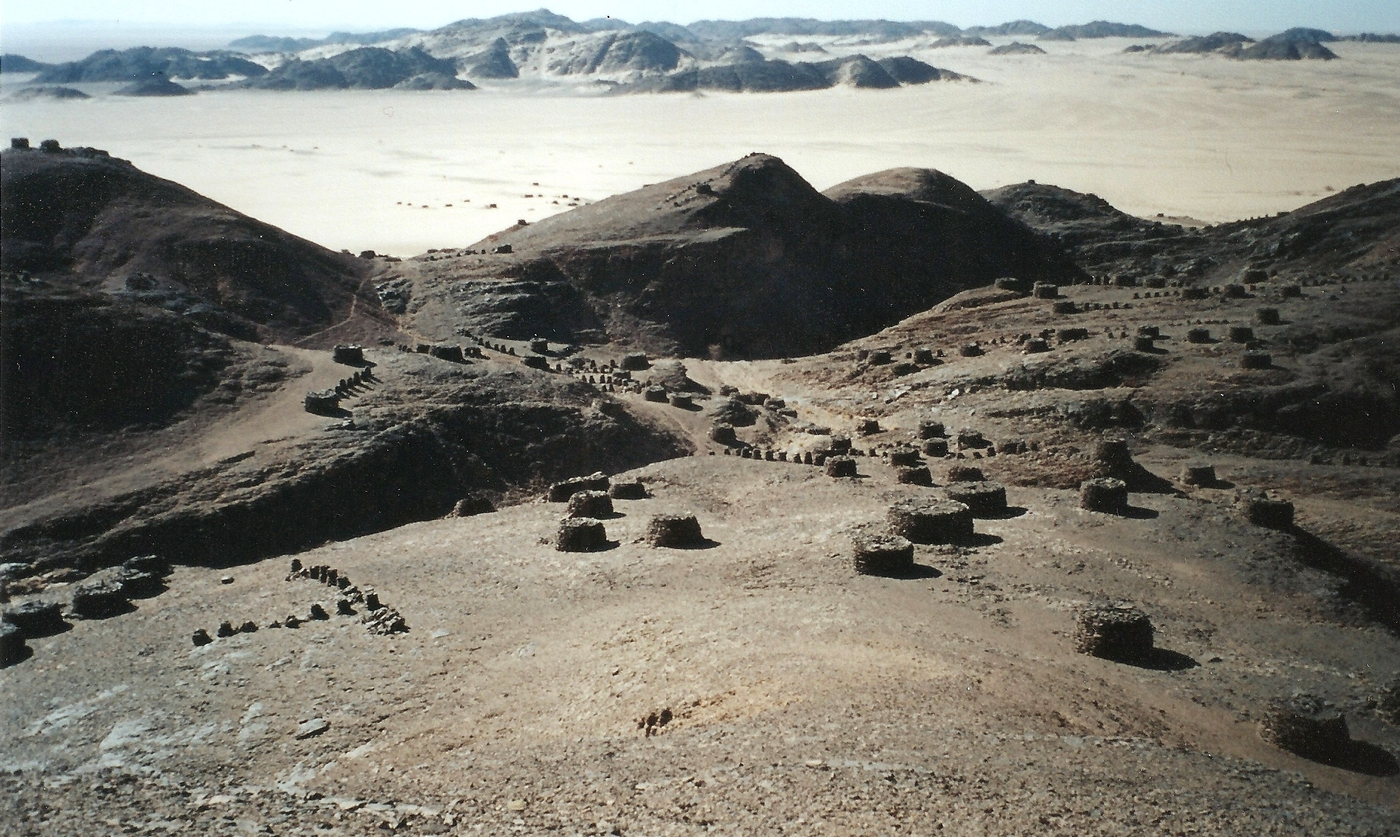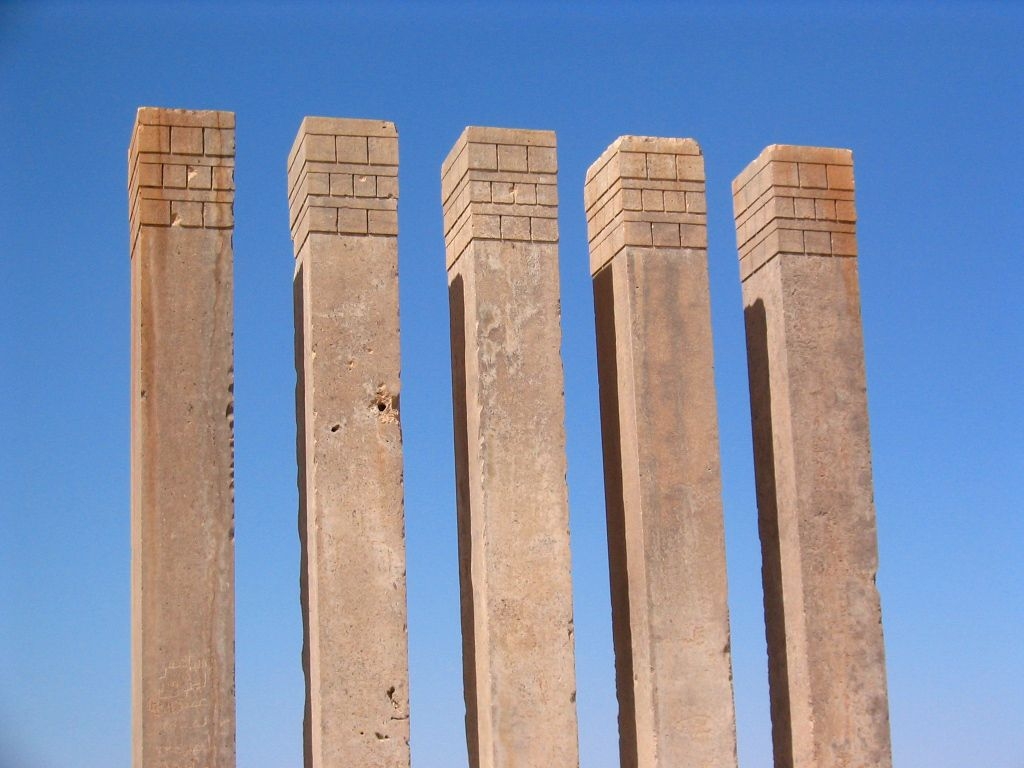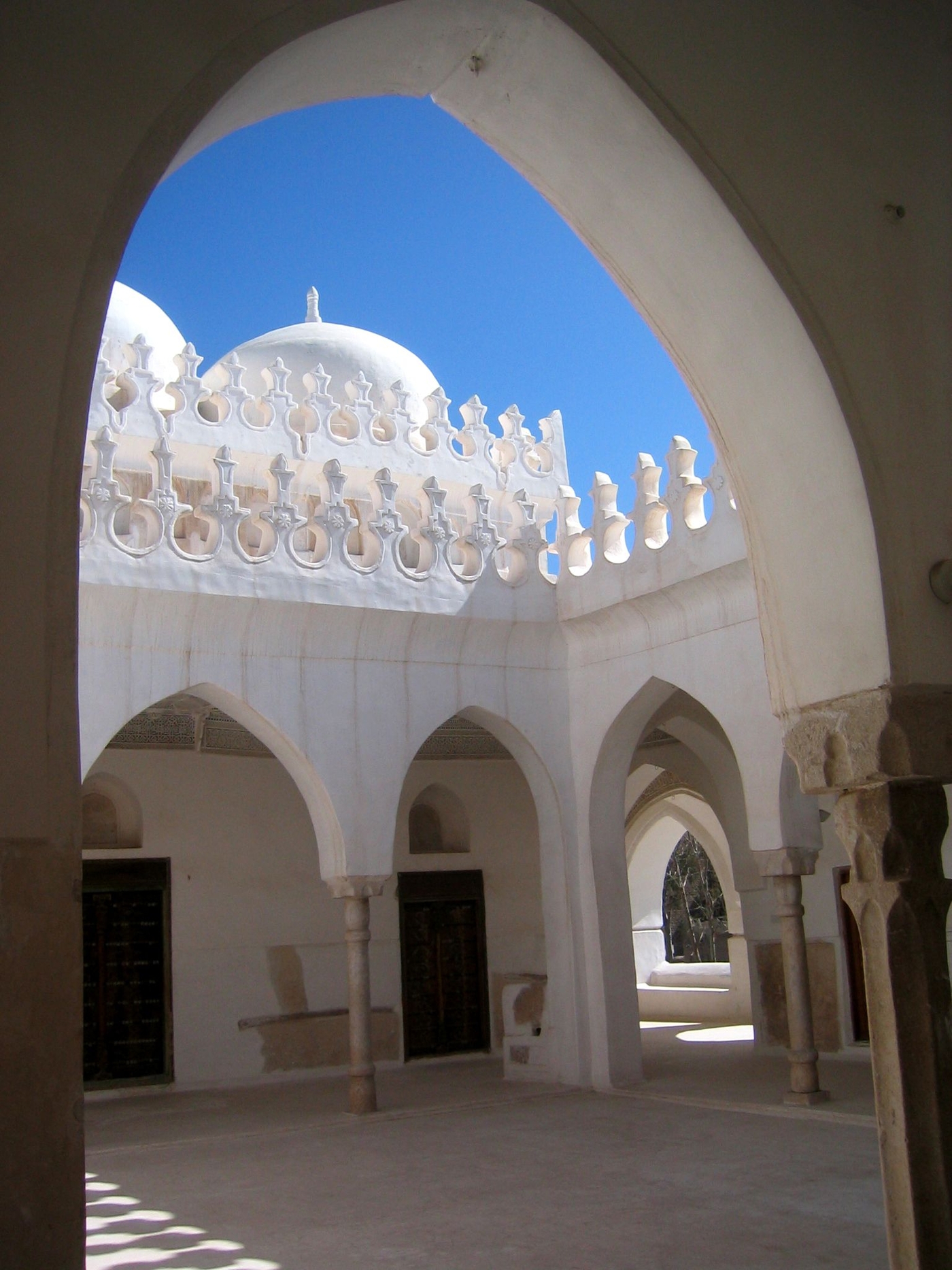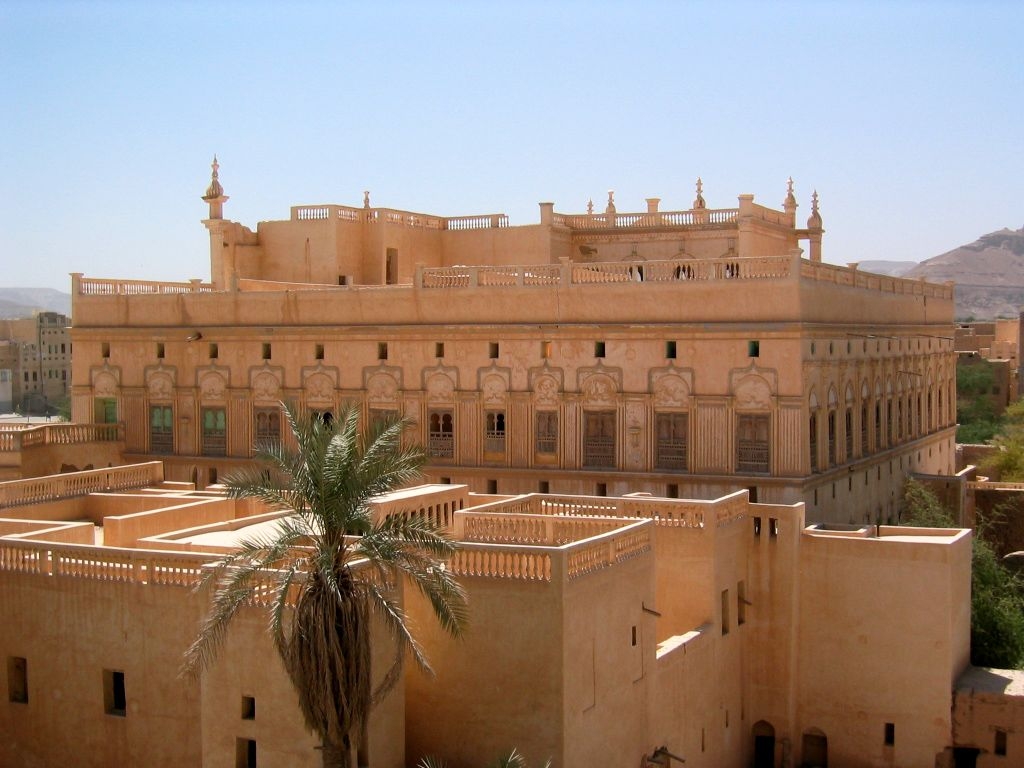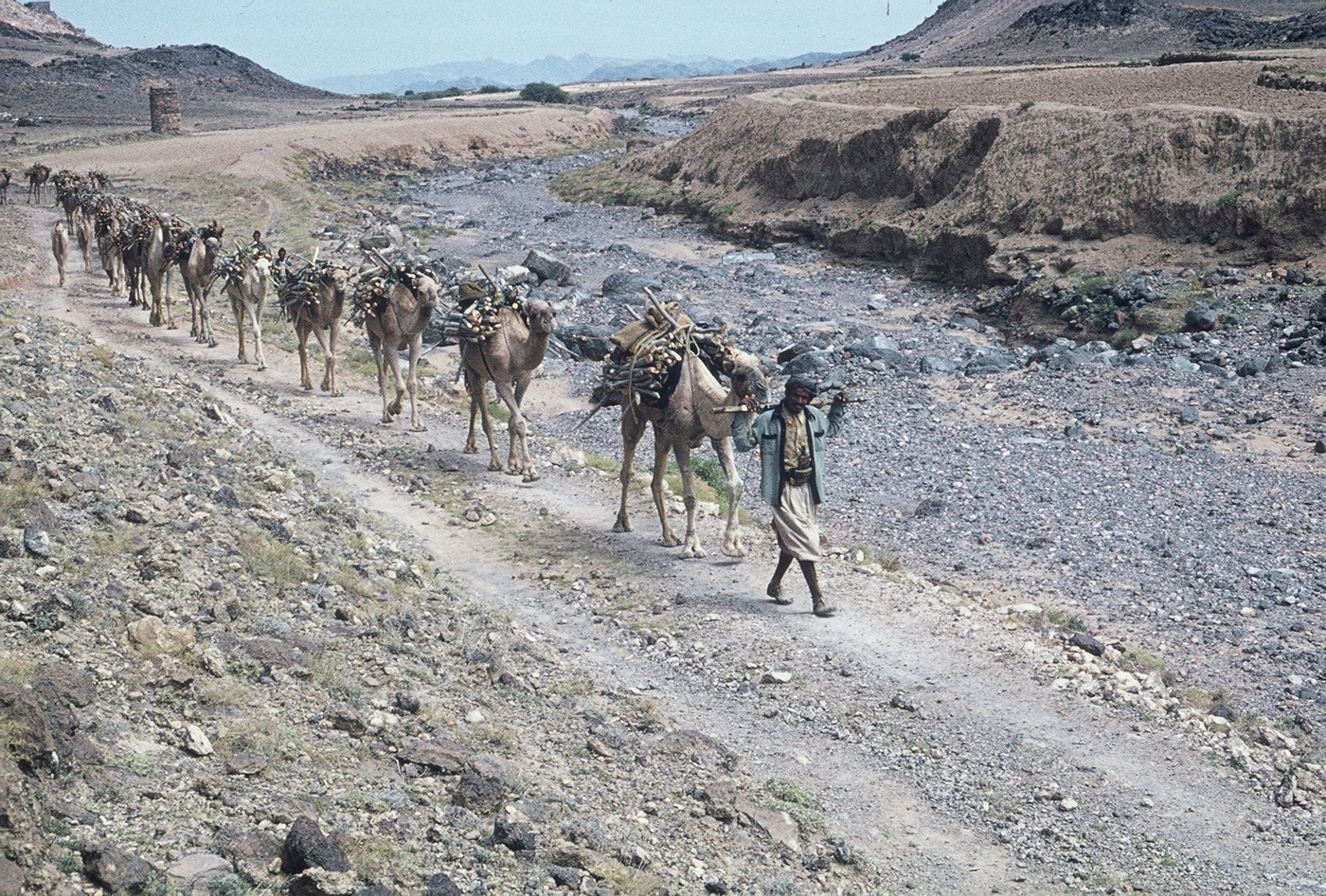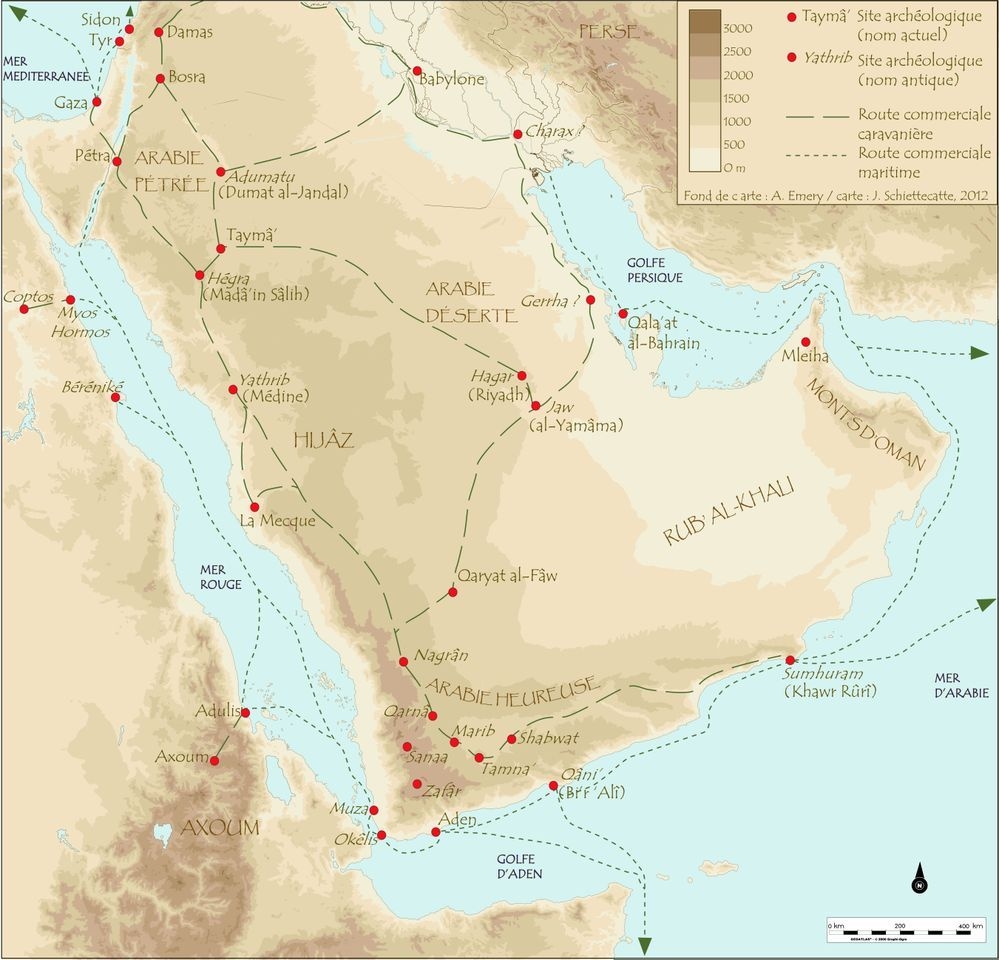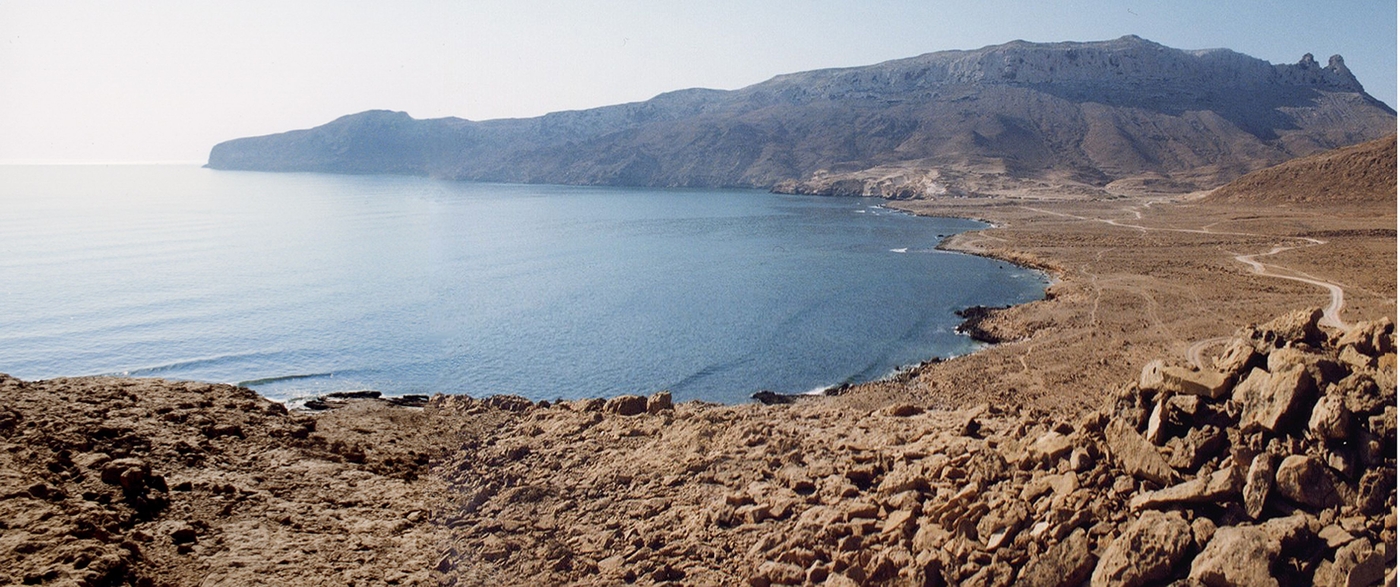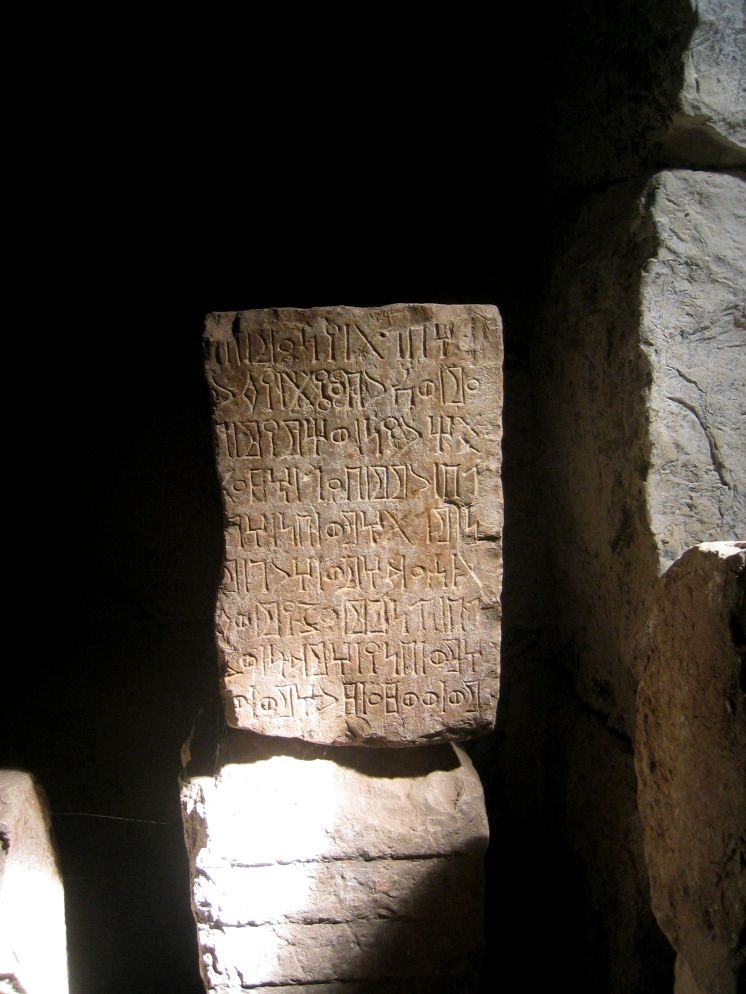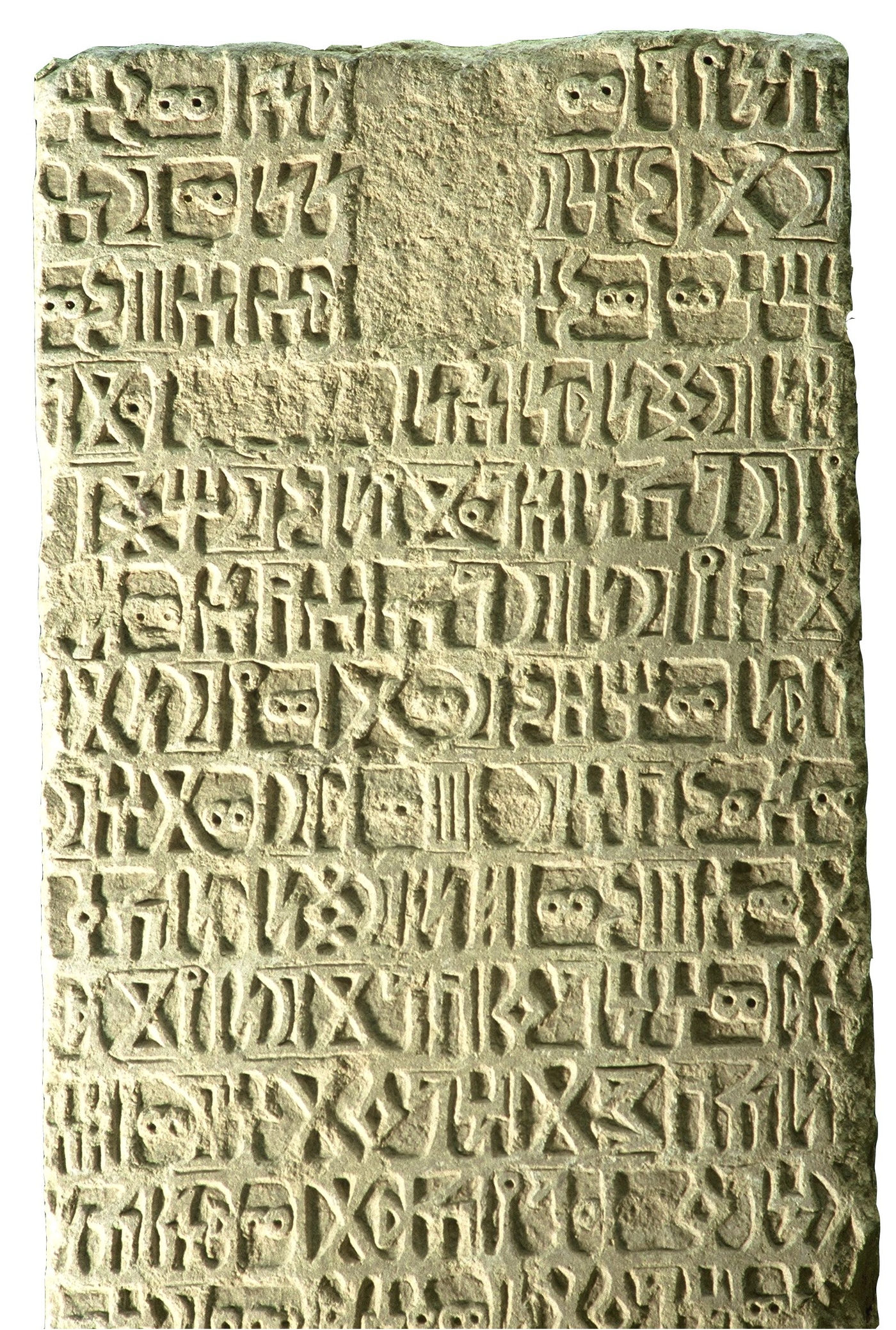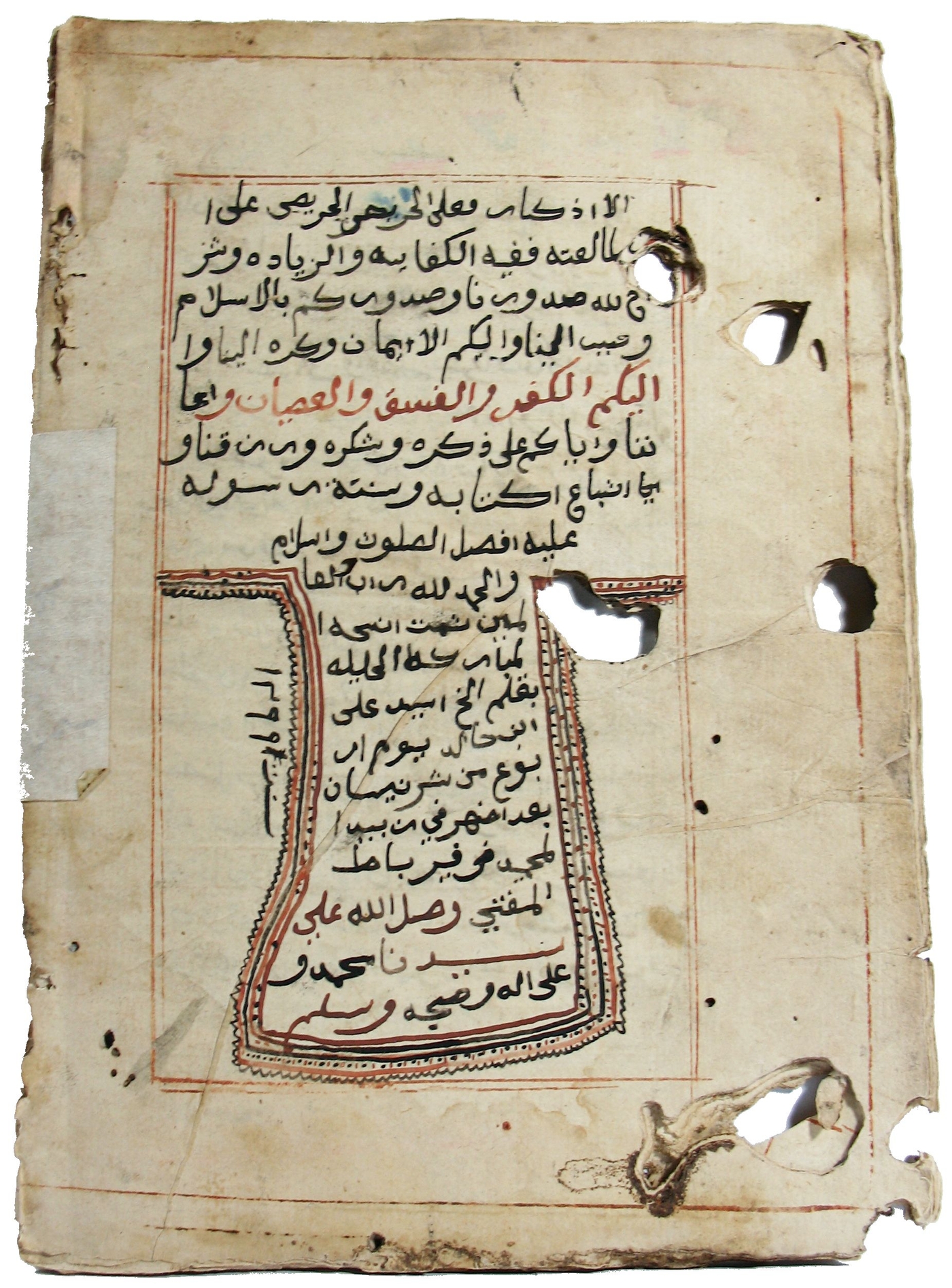Yemen: the land of the Queen of Sheba
Yemen has earned itself many names, including the land of incense or of the Queen of Sheba, and Arabia Felix. Far from its image as a country hemmed in to the south of the Arabian peninsula, Yemen stood at the crossroads of several peoples and civilisations.
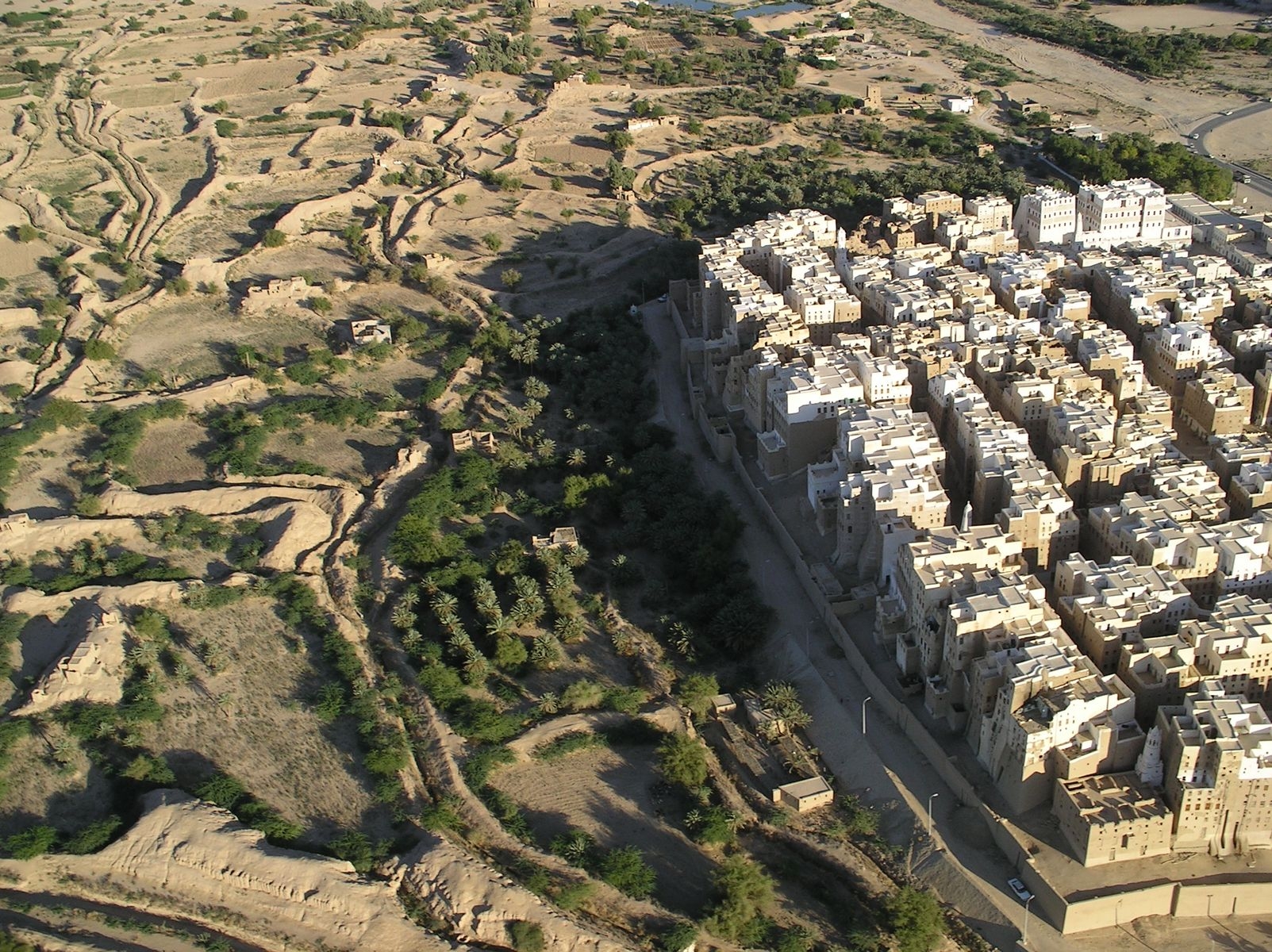
The monsoon climate of the Yemeni mountains and its precious resources – incense, myrrh and coffee – made Yemen a land renowned for its agriculture and put it on the caravan and maritime trading map. This wealth led to the rise of ancient and Islamic kingdoms, the architecture of which is unparalleled anywhere else in the world.
Yemen: land of contrasts
Situated at the southern end of the Arabian peninsula, Yemen has a contrasting natural environment: a lush green haven, it is surrounded by scorching unpopulated landscapes, high mountains and treacherous seas. Although located in one of the world’s most arid regions, Yemen has one major asset: a monsoon climate that irrigates its mountains. People made use of this environment and harnessed its varied mineral and agricultural resources. The development of water management techniques made it possible to feed a large population, organised into sedentary tribes. The contour lines formed by the agricultural terraces of Yemen’s plateaus and mountains are the result of thousands of years of landscape management. They prevent soil erosion and provide land for vines, coffee and, more recently, khat. However, the resources for which it is still best known are myrrh and incense – the resins secreted by the Commiphora and Boswellia trees – exported across the ancient Near East and Mediterranean region.
A prehistoric settlement corridor
The discovery in Yemen of knapped stone tools similar to those made in many other regions of the world during the Palaeolithic period suggest this region was a Prehistoric crossroads between Africa, the birthplace of modern humans (Homo sapiens), the Levant and the rest of Asia. This characteristic has been the source of much debate.
The Neolithic was marked by profound change: the shift from hunting to livestock breeding, from gathering to agriculture, and from nomadism to sedentation. The Neolithic begins around 9000 BCE in the Near East, but in Yemen it dates from around 7000 BCE to 3000 BCE. Since the domestication of animals in Yemen never completely replaces the regular practice of hunting, it is a gradual and incomplete phenomenon. Sedentation, agriculture and ceramic production only emerge in the Bronze Age, around 3000 BCE.
Ancient kingdoms and the land of sultans
From the 8th century BCE to the 6th century CE, we can see the growth and then disappearance of kingdoms sharing a common culture with a single writing system, similar irrigation practices, identical architectural and religious practices, and a common political and social system. This common culture is known as the South Arabian civilisation. Perhaps the most celebrated of its kingdoms is Saba’.
This civilisation owes its rapid growth to the development of irrigated agriculture and the expanding trade in aromatic resins. It shows the extent to which Pre-Islamic Arabia was more than a vast desert crossed by nomads.
Islam arrived in Yemen without encountering any great resistance around 632 CE. Mosque decorations were in no way inferior to those of its ancient monuments and the local population continued the thousand-year tradition of building tower houses.
Freed from the successive control of the caliphs of Damascus and Baghdad, dynasties of local princes succeeded one another or competed for power. Perhaps the most celebrated dynasty were the Rasulid sultans who unified a large part of the region, developed a centralised administration and made Yemen a major trading power in the Indian Ocean.
Between the desert and the sea
Yemen is geographically hemmed in. It is a country of mountains and sand, where the wheel was not used until the 20th century. People used donkeys and then dromaderies to transport their goods. The domestication of dromaderies at the end of the 2nd millennium BCE made long-distance and regular caravan trade possible and trading networks were formed with Mesopotamia, the Levant and Egypt.
The country also has two thousand kilometres of coastline on the Red Sea and Gulf of Aden. The mastery of marine currents led to the rapid growth of ocean navigation at the turn of the Christian era, putting Yemen at the centre of shipping routes between India, the Persian Gulf and the Mediterranean. In the Middle Ages, Aden became the biggest port in southern Arabia and a trade hub between the Red Sea and the Indian Ocean.
Written culture
South Arabian civilisation was a civilisation of the written word from its emergence in the 8th century BCE to its decline at the end of the 6th century CE. More than 10,000 monumental inscriptions have survived, including one thousand important long texts. This text corpus also includes thousands of graffiti and cursive inscriptions on sticks.
Known as Old South Arabian because it was used in Southern Arabia, this writing system was used to transcribe Semitic languages spoken in the south of the Peninsula during the Antique period: Sabaean, Minaean, Qatabanian and Ḥaḑramautic.
The use of this writing system declined rapidly in the second half of the 6th century CE. It appears to have no longer been used following the introduction of Arabic into the region in the early 7th century.
A large number of Yemenite manuscripts written in the Arabic language and writing system have survived, particularly in Sanaa, including the oldest conserved pages of the Koran, and in Zabîd where the teaching provided by literate families dates back to the 11th century and continues to this day. The libraries of literate people contained religious works but also history and biographies, literature and science.
Useful link:
Unearthing Yemen’s past
From the late 18th century, Yemen found itself in the middle of a tug-of-war between the great colonial powers. Scientific research was central to this international competition, and led to the organisation of the first expeditions. After the First World War, in an environment destabilised by the continued threat of violence, the first archaeological excavations were carried out by a German team near Sanaa, in al-Huqqa, in 1928. However, it was not until the 1970s that international research really began to gain ground. This research was interrupted in 2010 by the growing threat from terrorism, followed by the outbreak of war in 2015.
Did you know?
Although Yemen is familiarly known as the Land of the Queen of Sheba, she is absent from the archaeological and Antique epigraphic record. None of the thousands of royal documents is authored by a queen. She remains a legendary character to this day.
Visit the website: archeologie.culture.fr/yemen
Online resources
- Website of the Sabaean dictionary (in German)
- Chroniques Yéménites et Arabian Humanities
- Open access publications on the history of the Arabian peninsula
Open edition works
- Marie-Louise Inizan & Madiha Rachad, Art rupestre et peuplements préhistoriques du Yémen
- Paul Bonnenfant, Sanaa. Architecture domestique et société
- Jean-François Breton, Les bâtisseurs sur les deux rives de la mer Rouge
- Éric Vallet, L’Arabie marchande. État et commerce sous les sultans rasulides du Yémen
- Mounir Arbach & Jérémie Schiettecatte, Catalogue des pièces archéologiques et épigraphiques du Jawf au musée national de San’â’
- Rémy Audouin & Mounir Arbach, Un panthéon de l'Arabie du Sud en images
- Mounir Arbach, Jérémie Schiettecatte & Ibrahim al-Hadi, Collection of Funerary Stelae from the Jawf valley
Carbone 14 radio programme / France Culture
Listen to the programme Le Yémen et les royaumes sudarabiques by Jérémie Schiettecatte, aired on 28/05/2016


